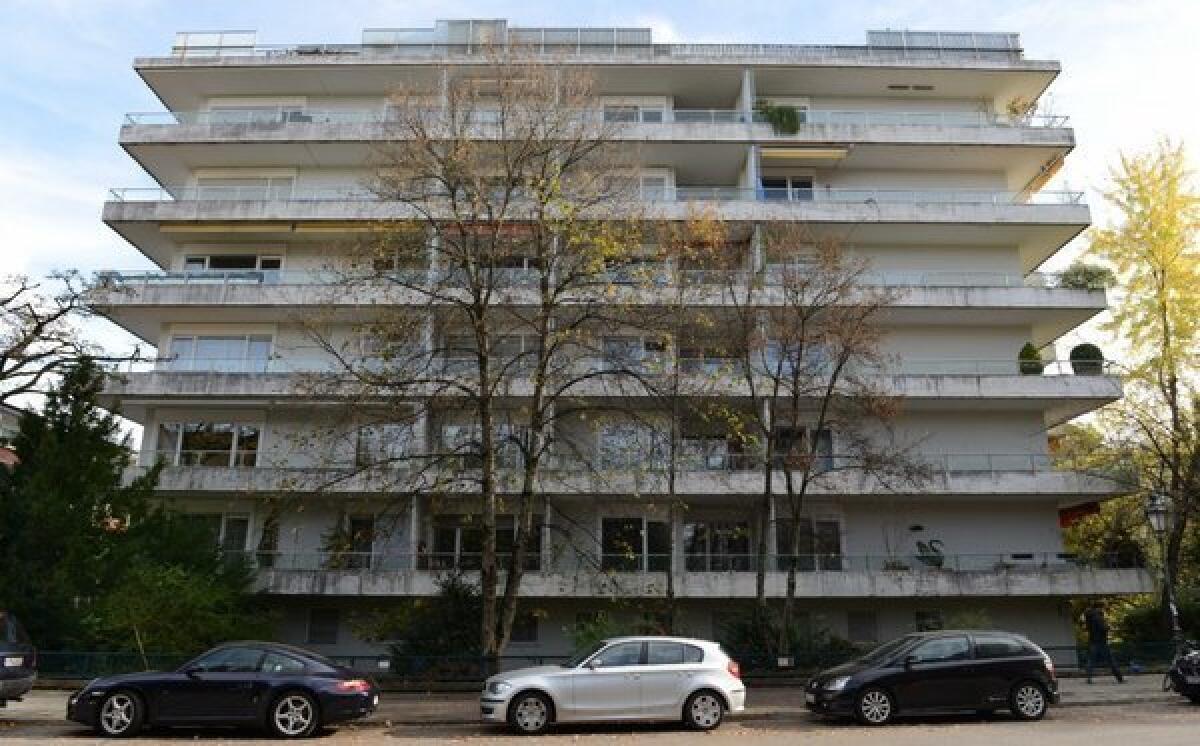Nazi-looted art: Will George Clooney movie speed up recovery?

- Share via
The saga of 1,500 art works recovered in Munich, with an estimated value of more than $1 billion and possibly stolen by Nazis in the 1930s and 1940s, made big headlines over the weekend.
The German publication Focus reported that the 2011 discovey — which included masterpieces by Matisse, Picasso, Klee and Chagal — in the cluttered home of Cornelius Gurlitt, could be the largest stash of Nazi-looted art uncovered since World War II.
But the recovered trove is likely just a drop in the bucket of what some call the greatest theft in history.
CRITICS’ PICKS: What to watch, where to go, what to eat
“I’ve been saying for 10 years this is the tip of the iceberg. There are still hundreds of thousands of missing cultural objects,” says Robert Edsel, author of the book “The Monuments Men,” which chronicles the search for and recovery of art looted during World War II.
The estimated amount of works stolen by the the Nazis is about 650,000 paintings plus an untold number of other art — drawings and sculptures, among them — according to a survey by the Jewish Claims Conference. Edsel calls the Munich recovery a long and piecemeal process “in what seems like slow motion.”
All of that, however, may change with the movie adaptation of his book, he says. The film version, due out in early 2014, was directed and co-written by George Clooney, who also stars alongside Matt Damon and Bill Murray. Edsel feels the film’s inherent mass appeal will draw attention to this issue.
ART: Can you guess the high price?
“The movie will take the story out of art history and into the realm of putting it on the street with the average person that doesn’t necessary know about art. [It] will allow us to reach hundreds of millions of people — it’ll have popular appeal among average people because it’s an incredible story.”
Edsel says he’s working with Sony, Fox and the filmmakers on a project — to be announced this month — that will engage the public in helping to expedite the recovery of still-missing artworks. So in that way, the movie plays a crucial role in speeding up the process of recovering missing artworks.
“I can’t give details yet,” he says. “[The Gurlitt discovery] isn’t a one-off incident; this is part of the solving of this bigger theft. [We’ll provide] the opportunity for people to engage in helping to solve this WWII mystery.”
ALSO:
Art believed to have been looted by Nazis found in Munich
Pasadena Symphony’s David Lockington signals new direction
Burst water pipe closes Norton Simon Museum; no art damaged
More to Read
The biggest entertainment stories
Get our big stories about Hollywood, film, television, music, arts, culture and more right in your inbox as soon as they publish.
You may occasionally receive promotional content from the Los Angeles Times.











